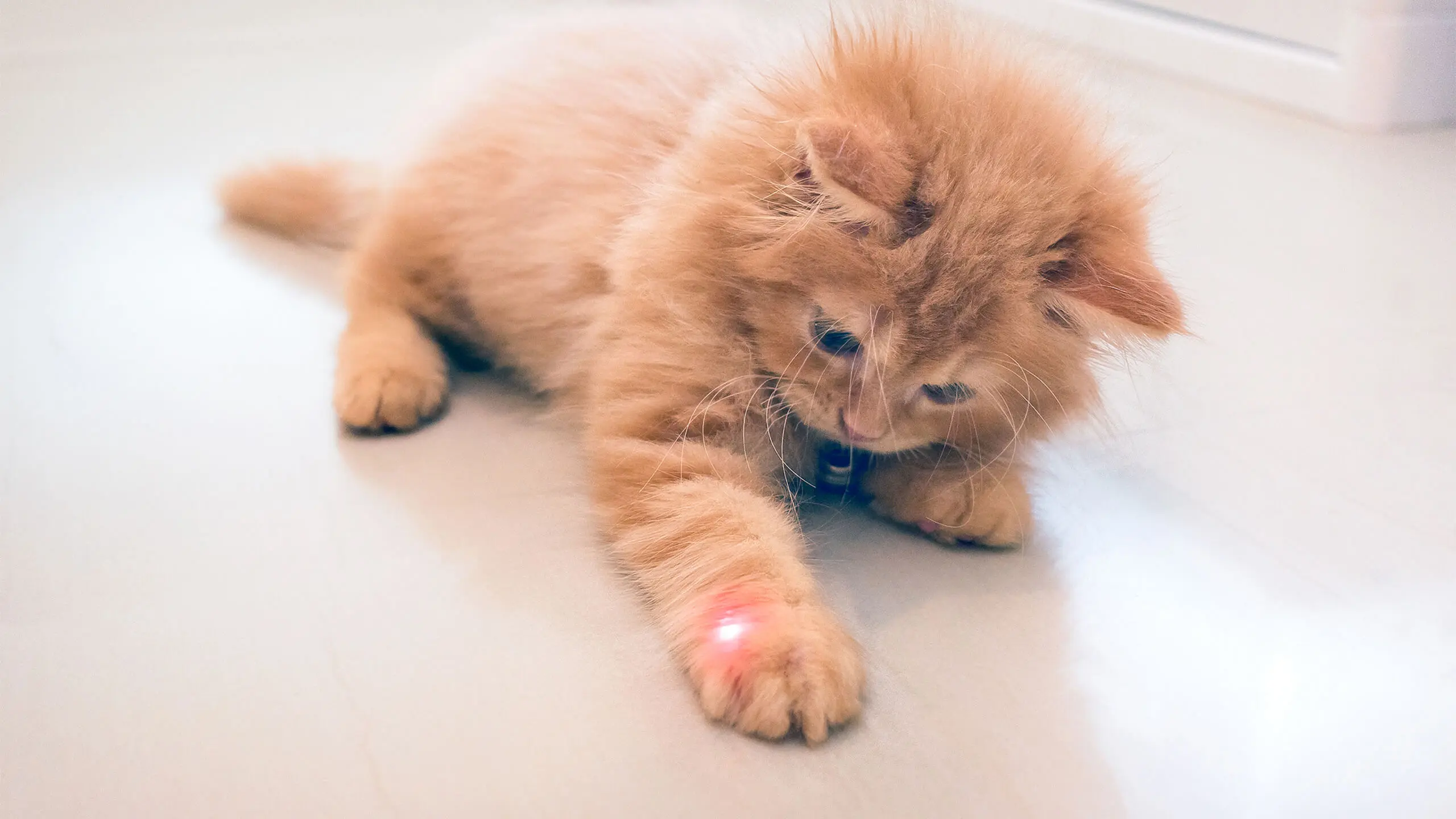
Laser therapy, also known as cold laser therapy or low-level laser therapy (LLLT), is an innovative treatment gaining popularity in veterinary medicine. This non-invasive, painless procedure uses light energy to stimulate and accelerate the body's natural healing processes. Laser therapy can be a game-changer for animals suffering from various conditions, offering pain relief and promoting faster recovery. In this article, we'll explore the benefits, applications, and what to expect from laser therapy for your pets.
What is Laser Therapy?
Laser therapy involves using specific wavelengths of light to penetrate tissues and stimulate cellular activity. The light energy is absorbed by the cells, which then convert it into chemical energy, enhancing cellular function and promoting healing. The therapy typically uses a handheld device that emits laser light directly onto the affected area.
Benefits of Laser Therapy
1. Pain Relief
Laser therapy is effective in reducing pain associated with chronic conditions, injuries, and surgical procedures. The light energy helps to block pain signals to the brain and reduces inflammation, providing significant relief.
2. Anti-Inflammatory Effects
The therapy promotes vasodilation (widening of blood vessels) and activates the lymphatic drainage system, which reduces swelling and inflammation in the treated area.
3. Accelerated Tissue Repair and Cell Growth
Laser therapy stimulates cellular activity, increasing the production of ATP (adenosine triphosphate), which fuels cell repair and regeneration. This speeds up the healing process for wounds, fractures, and soft tissue injuries. It also reduces the formation of scar tissue
4. Improved Circulation
Enhanced blood flow to the affected area brings more oxygen and nutrients to the tissues, aiding in faster recovery and reducing recovery time post-surgery or injury.
5. Enhanced Nerve Function
Laser therapy can help regenerate nerve tissue, improving function and reducing symptoms of nerve damage, such as pain and tingling.
6. Boosted Immune System
The therapy can enhance the immune response by increasing the production of antibodies and promoting the activity of immune cells, helping the body fight infections more effectively.
Applications of Laser Therapy
1. Arthritis and Joint Pain
Pets with arthritis or joint pain can experience significant relief with laser therapy. It reduces inflammation and promotes cartilage repair, improving mobility and quality of life.
2. Post-Surgical Recovery
Laser therapy can be used post-surgery to speed up the healing process, reduce pain, and minimize scar tissue formation.
3. Wound Healing
For pets with wounds or injuries, laser therapy accelerates tissue repair, reduces inflammation, and prevents infection, leading to faster and more effective healing.
4. Skin Conditions
Conditions like hot spots, dermatitis, and other skin issues can benefit from laser therapy's anti-inflammatory and healing properties.
5. Muscle and Ligament Injuries
Sprains, strains, and other soft tissue injuries heal more quickly with laser therapy, allowing pets to return to their normal activities sooner.
6. Dental Problems
Laser therapy can help with oral conditions such as gingivitis, stomatitis, and after dental extractions to reduce pain and speed up recovery.
What to Expect During a Laser Therapy Session
1. Preparation
Before starting laser therapy, we will conduct a thorough examination to determine if your pet is a suitable candidate. We will develop a treatment plan tailored to your pet's specific condition.
2. The Procedure
During the session, your pet will be comfortably positioned, and our veterinarian will use a handheld laser device to target the affected area. The procedure is painless, and most pets find it relaxing. Sessions typically last between 5 to 20 minutes, depending on the size of the area being treated and the condition.
3. Frequency of Treatments
The number and frequency of sessions depend on the severity of the condition. Some pets may require multiple sessions per week initially, followed by maintenance treatments as needed.
4. Safety and Side Effects
Laser therapy is safe and well-tolerated by most pets. Side effects are rare and may include mild redness or warmth at the treatment site, which usually resolves quickly.
Conclusion
Laser therapy is a powerful, non-invasive treatment option that offers numerous benefits for pets suffering from a wide range of conditions. By reducing pain, inflammation, and promoting faster healing, laser therapy can significantly improve your pet's quality of life. If your pet is struggling with chronic pain, injuries, or recovery from surgery, consider discussing laser therapy with us. This innovative treatment could be the key to helping your pet feel better and recover faster.










Write a comment
What is your overall rating?